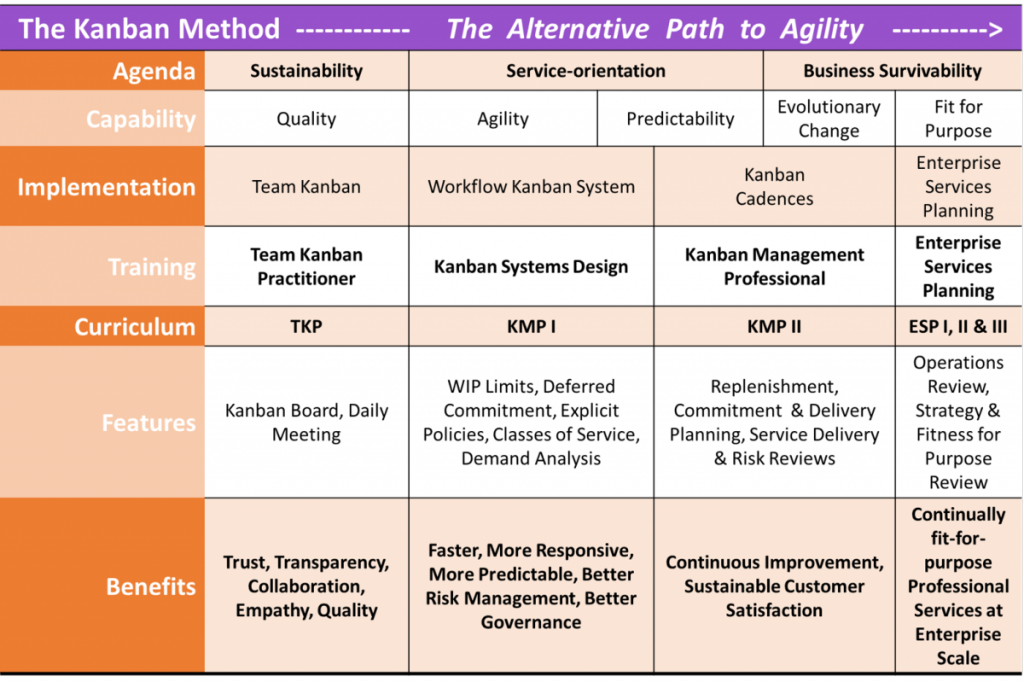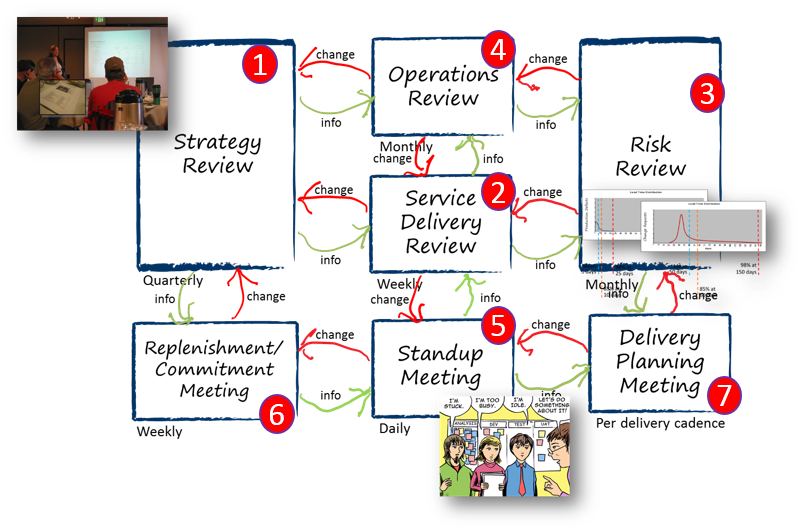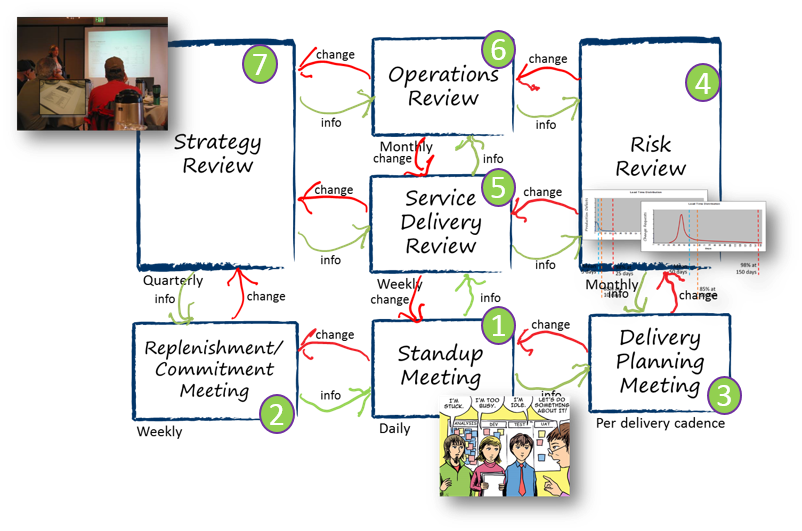This is the 2nd part of my post following Defining KPIs in Enterprise Services Planning.
Running our classroom exercises with private clients this past 18 months has shown me that most businesses have KPIs which really aren’t Fitness Criteria Metrics. In other words, their KPIs are not indicators of performance and certainly not key indicators or indicators of key performance. What I see as KPIs are really what should be classified as general health indicators and in some cases metrics driving specific improvements.
So what are general health indicators? Read more…
General Health Indicators
If we were to talk about individuals as people general health indicators are their pulse, their weight, their blood pressure, their cholesterol levels. If the individual was an athlete, they wouldn’t be setting goals based on achieving a certain blood pressure or a certain pulse rate but they would have expected ranges for these and they would monitor them. They might also monitor, for example, recovery time – the time it takes an accelerated heart rate to recover to a more normal level after stress.
Whether customers walk through your door is a health indicator. It is like having a pulse. Whether they buy something is also a health indicator and whether you had a positive margin in that sale and free cash flow are also health indicators.
In comparison, whether your customer is satisfied and whether they are likely to place repeat business and recommend you to a friend or colleague is a performance indicator. There are plenty of profitable businesses with lackluster stock price performance while others with growth but negative free cash enjoy elevated P/E ratios. They can always raise capital because their performance in the market is improving.
In Agile software development, velocity is a health indicator – you’d rather have some than not – but it is unlikely to be a performance indicator. The reason for this is that the volume or rate of production is not a fitness criteria for your customers and it is rarely a valued criteria even for internal stakeholders. Customers value things like delivery time, quality, useful functionality. You may believe velocity is a proxy for delivery time but it may not be. You may have a lot of velocity but a chronic, systemic problem with growing work-in-progress and ever longer delivery times. You are like a patient with a pulse but your blood pressure is trending the wrong way, your cholesterol is rising and your ability to get day-to-day tasks completed is being impacted. It could be your liver isn’t performing as it should be? If you set a target for your blood pressure you might be able to hit it by taking drugs – this is known as a symptomic fix which allieviates the symptom but fails to get to the root cause, as a result the problems persist and you end up back where you were again, a few months later. The same is true for companies. Many health indicators can be “vanity metrics” like boasting about your “at rest” heart rate – it isn’t always a fitness indicator!
Sure enough if you don’t have sufficient working capital, if you don’t have margin and profits and free cash, your corporate health is in danger, but as Richard Branson said, “People think companies exist to make profits. Wrong! They make profits in order to exist!” When you change to a mindset like Branson’s you start to see general health indicators for what they are, and you stop calling them “Key Performance Indicators.”
Metrics Which Drive Improvements?
While less common, it isn’t unusual to find a manager with a KPI on their scorecard which should rightly be classified as an Improvement Guiding Metric.
For example, we have poor customer satisfaction and a low Net Promoter Score because our delivery times are too long. In other words, the customer views lead time as a key selection criteria. Lead time is a fitness criteria metric and consequently lead time should be one of our KPIs.
In order to improve lead time, we decide that we want to automate testing because after analysis we discovered a significant portion of lead time is delay waiting for manual testing.
So we create an improvement goal to automate the testing of 85% of our application. We want 85% automated test coverage. So we start measuring and reporting the percentage of code covered by automated tests. We may even have placed this metric on the SMART goals for a manager. Despite all of this, it doesn’t make it a “Key Performance Indicator”. Instead it is a derivative of a KPI. The true KPI is lead time. We believe that by improving automated testing we will improve lead time. We may have causation to determine this or it may simply be a postulation and an experiment. The true KPI remains the customers’ fitness criteria – the lead time. So automated code coverage percentage is an Improvement Guide Metric.
Classifying Your Metrics
In our Enterprise Services Planning workshops, we have a series of exercises on metrics and the specific exercise on classifying existing KPIs is particularly enlightening for clients. They discover that most, if not all of their existing KPIs, are in fact health indicators and some improvement guides. Often the clients are not measuring anything which affects customer satisfaction. It is no wonder then that they aren’t happy with the NPS results.
What About Metrics That Aren’t in Any Of The Categories?
During the exercise, clients often find existing metrics they are measuring and reporting which can’t be classified as Fitness Criteria Metrics, Improvement Guides or General Health Indicators. The reality is these are metrics they probably don’t need and should drop. Often these are legacy metrics – metrics that were guiding earlier improvements, or perhaps fitness criteria that no longer apply because the company doesn’t serve that market segment any longer, or the customers in that segment have changed their opinion about what is acceptable and what represents “fit for purpose.” In some cases, the metrics are simply things the business could see and was capable of measuring. They serve no useful purpose.
To discover if a metric has a useful purpose ask yourself, “What decisions does this metric affect?” “What would we do differently if this metric rose or fell or hit some threshold value?” If you can’t identify an action or outcome you expect as a consequence of reporting a metric then you don’t need it.
When clients complete our Enterprise Services Planning workshop they often find they need far fewer metrics than they were already capturing and reporting but equally they need new instrumentation in order to capture the fitness criteria they’ve discovered from thinking about market segments in a new way and seeing their product or service through the customers’ eyes.





